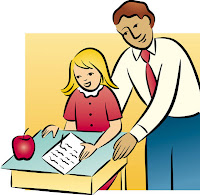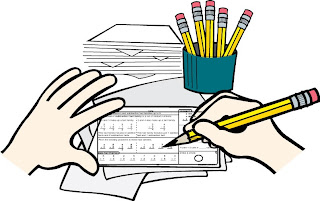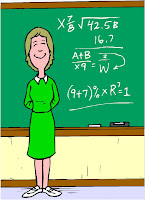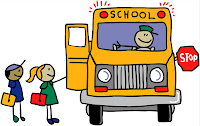But often these teachers are not treated as professionals and are not invited into the conversation about improving student performance. Instead, their hands are frequently tied as they try to meet ever-changing standards while helping to build successful students and upstanding contributors to society. These teachers must try to stay under the radar and continue to work diligently with students even as they are required to attend workshops on the latest education trend or short-lived fad.

This study found that effective teachers can boost the test scores of students who had struggled under low-performing instructors. And the national debate over teacher performance continues. Some teachers do just fine when teaching high-achieving students or students who have the support of their parents. But some of those same teachers may not have the ability to manage a classroom of under-achieving students who don't care for school, don't trust teachers, and don't have support at home. That doesn't mean these are not good teachers. It simply means they have an extremely challenging clientele and other teachers may be better equipped to help these students succeed.
The three-year study by the Bill & Melinda Gates Foundation, is the first large-scale research to show, using random student assignment, that some teachers can produce test-score gains regardless of the past performance of their students, according to foundation officials.
Tom Kane, a professor at Harvard's Graduate School of Education and leader of the research project, said the data provide the best evidence yet that some teachers can "cause student achievement to happen, and this is a really big deal." Read more at wsj.com.

At the same time, increasing a student's love for math and learning in general seems like it should be a higher priority than increasing that student's test scores. Fortunately, Excel Math lessons do both. Students build confidence in math as they have success completing the lessons. Test scores rise, in part because the systematic spiraling process keeps concepts in front of students all year long so they can retain those concepts over the long term.
For over 35 years, Excel Math has been helping students succeed and even thrive in mathematics.
New to Excel Math? Preview elementary math lessons that really work for Kindergarten through Sixth Grade on our website: www.excelmath.com.
Let us know how you get your students interested in learning math. Do you have tips for engaging under-achieving students? Leave a comment by clicking on the word "comments" below.
You might also like these articles:





























